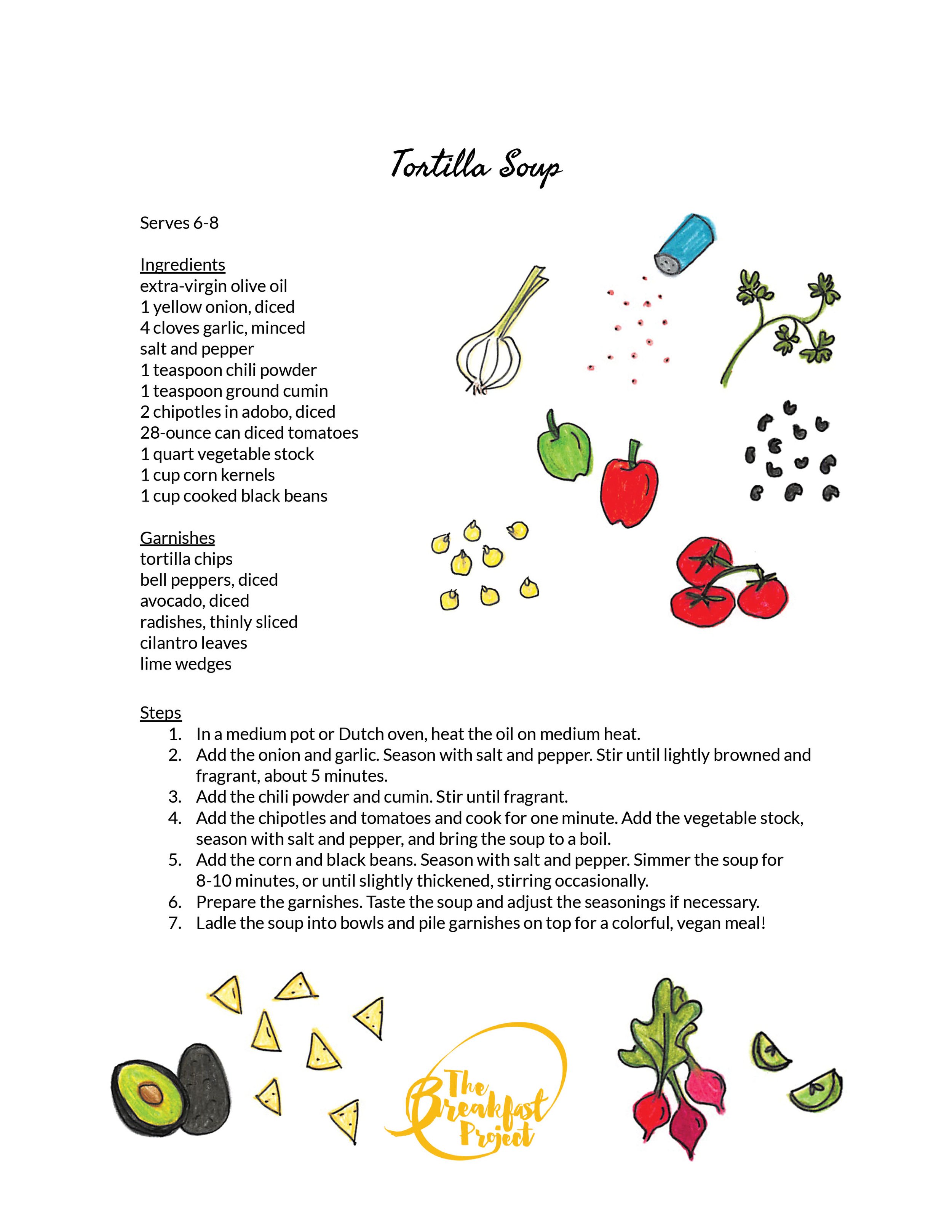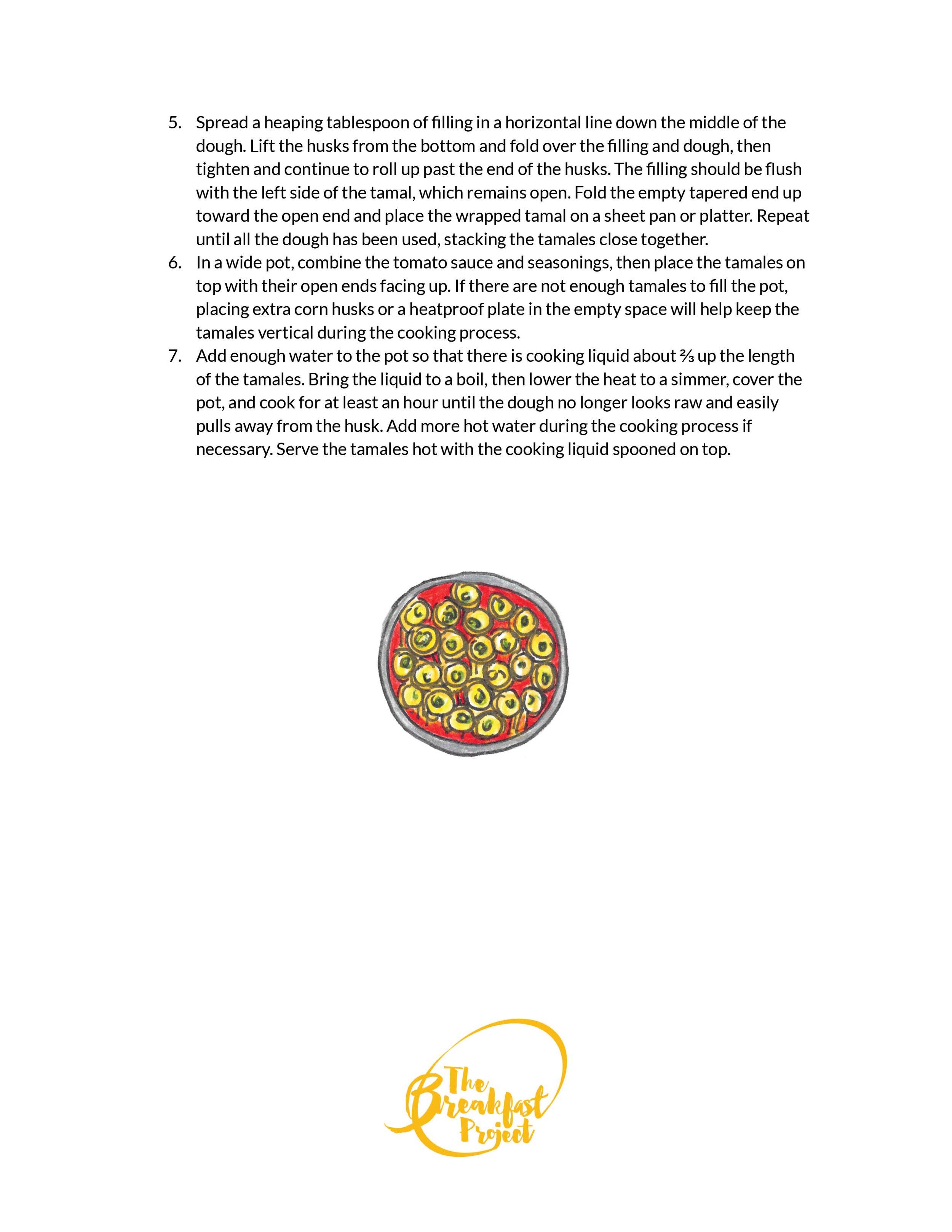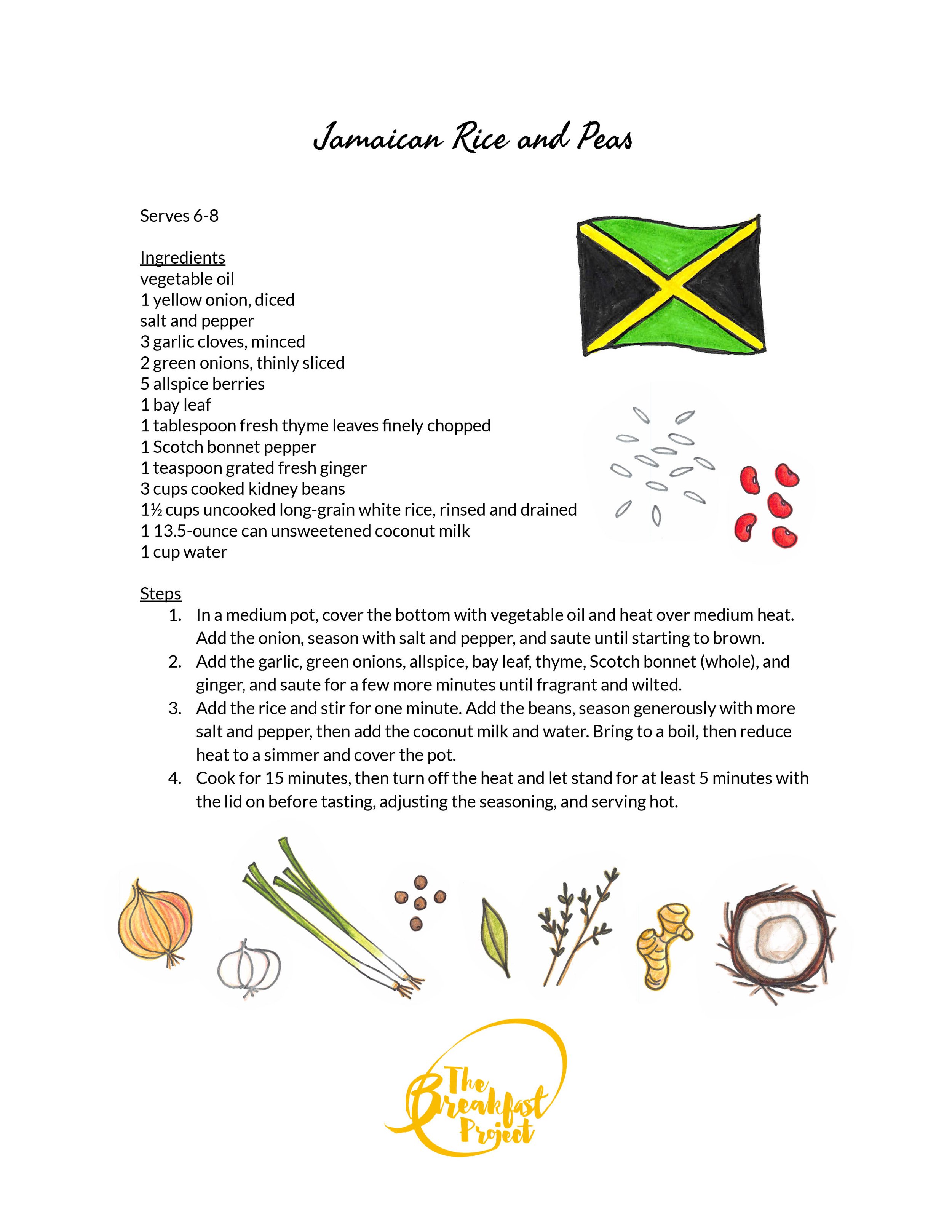We were so fortunate to have a bright, sunny day in the midst of a few winter storms to head to the land now called Berkeley. All our fourth and fifth grade classrooms got to visit the only Ohlone restaurant in the world. At Cafe Ohlone’s latest space, called ‘oṭṭoy (which means “to mend” or “repair” in Chochenyo), students had the opportunity to learn from Vincent Medina and Louis Trevino, the Ohlone founders of mak-’amham (Chochenyo for “our food”), a cultural institution focused on empowering the Ohlone community and teaching the public about Ohlone culture through taste.
Inside the restaurant, we observed native plants, listened to the voices of both elder and youth members of the local Ohlone community play over speakers, and learned a few Ohlone words. “Horše tuuxi” means hello. The land now known as San Francisco is “Yelamu.” The land around Mission Dolores, Dolores Park, and near Harvey Milk is “Chutchui.” Mr. Louis showed us several beautiful baskets used in preparing acorn. Mr. Vincent talked about abalone and taught us the Chochenyo lyrics to Twinkle, Twinkle Little Star that his younger brother wrote.
We enjoyed hot elderberry tea and brownies. Unfortunately, it was the first day the Cafe Ohlone team was training the UC Berkeley dining staff on how to make their recipes and too much oil was incorporated into the acorn brownies that morning so they were unavailable. Instead, everyone was served brownies from the UC Berkeley dining hall. They were delicious and a huge hit, but we’ll have to come back another time to taste the real thing. (And we’re lucky to have worked with acorn flour already (in our strawberry acorn pancakes recipe) at school. )
Mr. Vincent gave a powerful example for students of not only how it would feel to be colonized and have your land and culture taken away but also how the very existence of the restaurant is a testament to how strong the Ohlone people have been in the face of adversity and that their beautiful culture continues to thrive. He asked us to help spread the message that the Ohlone have always been here and will always be here. We’re so grateful for the experience and hope our connection with the work of ‘mak-amham can only continue to grow.




















































































































































































































































































































































































































